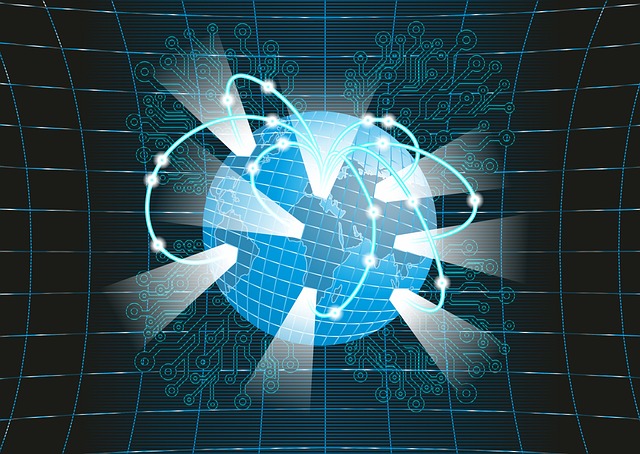AI crowd prediction for sports nights revolutionizes dining by leveraging machine learning to anticipate customer volume during peak events, optimizing staffing and reducing wait times. Integrated with automated ordering and delivery systems, AI transforms operations through pizza slicing and boxing, ensuring hot, fresh pizzas for every customer while freeing staff to focus on personalized service. Despite challenges like data privacy, costs, and training, the benefits of AI in food service—reducing labor needs, minimizing waste, and tailoring to market trends—make it a game-changer, enhancing efficiency and customer satisfaction.
“Revolutionize your pizza night experience! This article explores the intriguing intersection of artificial intelligence (AI) and food service, specifically focusing on how AI is transforming pizza restaurants. We delve into the innovative use of AI for crowd prediction, perfect for sports nights, ensuring efficient staffing. Additionally, we uncover the benefits and challenges of implementing AI for automated slicing and boxing, from enhanced accuracy to potential job shifts. Get ready to discover how AI is slicing and dicing its way into the future of pizza.”
- Understanding AI Crowd Prediction for Sports Nights
- Automating Pizza Slicing and Boxing with AI
- Benefits and Challenges of AI Implementation in Food Service
Understanding AI Crowd Prediction for Sports Nights

AI crowd prediction for sports nights is a fascinating application that goes beyond mere entertainment. By leveraging machine learning algorithms, restaurants can anticipate the number of customers expected during peak sports events, ensuring optimal staffing and resource allocation. This precision allows for efficient food preparation, reduced wait times, and enhanced customer satisfaction.
Imagine a scenario where an AI system analyzes historical data, social media trends, and local event calendars to predict crowds accurately. Such insights enable pizza restaurants to automate processes like slicing and boxing, further streamlining operations during busy periods. This not only improves efficiency but also creates a seamless experience for diners, especially when combined with automated ordering and delivery systems.
Automating Pizza Slicing and Boxing with AI

Automating Pizza Slicing and Boxing with AI revolutionizes the dining experience, especially during bustling sports nights when the demand for food increases dramatically. By leveraging advanced AI algorithms, pizza restaurants can now achieve precise slicing and efficient boxing, ensuring consistent quality and speed. This technology predicts customer preferences and crowds, enabling optimized preparation and delivery times.
AI crowd prediction for sports nights ensures that every customer gets their pizza hot and fresh, reducing wait times and enhancing overall satisfaction. The automated process streamlines operations, allowing staff to focus on other aspects of service, such as catering to personalized dietary needs or engaging with guests. This not only improves business efficiency but also creates a more enjoyable dining atmosphere for everyone.
Benefits and Challenges of AI Implementation in Food Service

The implementation of Artificial Intelligence (AI) in the food service industry, particularly for tasks like automated slicing and boxing at a pizza restaurant, offers several compelling benefits. AI systems can enhance operational efficiency by reducing manual labor requirements, ensuring consistent portion control, and minimizing waste. With advanced crowd prediction algorithms, especially tailored for sports nights, these restaurants can anticipate peak customer flows, optimizing staffing levels and resources accordingly. This ensures better customer satisfaction during busy periods, streamlining the overall service experience.
However, challenges exist when integrating AI into food service operations. Data privacy and security concerns are paramount, as AI models rely on vast amounts of customer and product data. Ensuring compliance with data protection regulations is crucial to maintaining consumer trust. Additionally, the initial implementation cost and ongoing maintenance expenses for AI technologies can be significant barriers for smaller establishments. Training AI systems to meet diverse customer preferences and adapting to changing market trends also require continuous effort and investment.
AI has the potential to revolutionize food service industries, as demonstrated by its successful application in automating pizza slicing and boxing. By leveraging AI crowd prediction techniques initially developed for managing sports night crowds, restaurants can streamline operations, reduce labor costs, and enhance customer experience. However, implementing AI in food service isn’t without challenges, including data privacy concerns and the need for continuous training to adapt to changing customer preferences. Despite these hurdles, embracing AI technologies promises a new era of efficient, precise, and innovative dining experiences.
